For a marketing team to perform successfully, communication and collaboration need to be part of the game.
We understand that marketing teams have to deal with a huge number of issues.
Usually, these are related to internal communication and collaboration efforts.
However, what causes many marketing teams pain and leads to inefficiencies can be problematic cross-teams communication coupled with the need to be aware of how all different departments within the company are performing.
We’ve created this post to share with you six ways to help you improve collaboration within your marketing team.
More specifically, some of the topics we’re going to discuss are:
- Promoting a collaborative culture
- Setting cross-team goals
- Trying to identify collaboration and communication issues
Let’s dive right into our topic.
Table of Contents
Method #1: Promote a collaborative culture
Method #3: Set cross-team goals
Method #4: Use collaboration tools
Method #5: Try to identify collaboration and communication issues
Method #6: Establish processes around project management
Method #1: Promote a collaborative culture
The first method in this list I think is fundamental in terms of improving collaboration within your marketing team.
That is, to promote a culture of collaboration.
Have a look at the definition of collaborative culture below:

Image Source: Atlassian
The sentence I’ve highlighted for you, I think, says it all.
Promoting a collaborative culture isn’t just about talking; it’s mostly about believing that two minds are better than one and that you need the power of your teammates to reach the company’s goals and succeed.
In other words, simply saying that collaboration is crucial and trying to talk your marketing team into working collaboratively might not be enough.
What you need to do is to actually make everyone, from team leaders to team members, aware of the importance of collaboration and take some action.
Taking action to promote such a culture might mean that you have to organize regular meetings to share progress and brainstorm collectively.
Such meetings can help you improve team building and effective collaboration.
Another thing you could consider doing is to organize all sorts of activities, from webinars to watching documentaries, and other types of informative and learning material.
Activities that are performed by a group of people can help bring the different marketing teams together, thus enhancing team communication and cross-team collaboration.
Additionally, collaborating for a common goal as part of an activity helps promote collaborative efforts as an efficient way to solve problems at work and come up with innovative solutions.
To help teams work together efficiently, you can also establish team building days and events where team members have the opportunity to discuss their projects with each other, provide new perspectives, and make sure they understand how their projects are related to others.
Some practical points project managers could touch upon in order to promote a culture of collaboration are the following:
- Encourage communication between team members
- Promote teamwork as a way to reach incentives and improve
- Promote cross-team problem solving
- Urge supportive behaviors
- Be an example of collaborative attitude
Author’s Note: These can be useful both to teams working in the same physical space as well as remote teams. On that note, the Remote Work Playbook can be incredibly helpful.
Moving on to the second method.
Method #2: Encourage feedback
The second way to improve collaboration within your marketing team is to encourage feedback.
Encouraging feedback basically means that you empower your marketing team members to not only give, but also to seek to receive feedback from their co-workers.
To do so, you need to make sure that teams working together understand the power of feedback and the benefits it can bring to the process of working and the overall result.
Here’s a definition of continuous feedback which I find really helpful:

Image Source: QuestionPro
The reason I’m showing you the definition above is to point out the importance of openly discussing what’s going great and not so great within a team.
Feedback is all about understanding what you do, how you do it, what could be done better and more efficiently, as well as what’s already great and you simply need to keep doing it.
Companies that give opportunities to all team members in terms of encouraging them to give and receive feedback are more likely to work together successfully, save time, and be proud of their results.
The circular flow chart diagram below shows five main points in the process of giving and receiving feedback.

Image Source: QuestionPro
Author’s Note: You might find it helpful to create a flowchart – like the one shown above – or another type of graph for your team where you can include the main points of your own feedback process.
As you can see in the flowchart above, continuous feedback relates to employee engagement and employee-manager collaboration, as well as helping to reach expected outcomes.
When it comes to encouraging feedback within your workplace, some team management tools can be very handy.
A team management tool is an application that offers several features to facilitate project management and communication between team members.
What’s great about using such tools is that the team can achieve continuous feedback and simplify decision making processes.
In a few words, a team management software integrates functions that allow a team to work together without having to worry about miscommunications and other problems that might come up due to physical distance.
Additionally, they promote feedback and help make sure that all team members are informed about what’s going on in individual projects and they can contribute anytime they need to.
More on team management and collaboration tools a little further down.
Moving on to the third way to improve collaboration.
Method #3: Set cross-team goals
Another approach that could help you improve collaboration within your marketing team is to set cross-team goals.
A recurring problem within teams is miscommunication and ineffectiveness due to people working in silos.
Working in silos basically means that each employee is aware only of their own issues, tasks, advantages, etc., and they don’t take into consideration what their co-workers or other relevant teams within the same company are up to.
This is a massive issue that can be improved by setting cross-team goals.
These are goals that apply to more than one team or team member, and usually requires collaboration to be achieved.
The main benefit of cross team goals is that different team members, or different teams, for example your sales team and your content team, combine their skills sets and manage to achieve tasks collaboratively.
Usually, these goals wouldn’t have been achieved if it wasn’t for collaboration.
To do this, it’s important to make sure that everyone is aligned with cross-team goals and will use the power of collaboration to achieve them.
I believe an example will make this more clear.
Say that you need to create a marketing plan which is a multilayered and complex task that requires the involvement of various people and the combination of their skills set.
To create a successful marketing plan, they’ll need to take into account a number of different parameters that relate to the team’s goals.
Some of these might be:
- Define your target market
- Set relevant and realistic business goals
- Set a mission statement
- Define steps that need to be taken
- Create buyer personas
- Create marketing plan summary
And so on and so forth.
For the sake of this example, we’ll say that in the process of defining the steps you need to take, you see that live streaming on social media will be a vital channel you need to use in order to achieve your goals.
What do you do?
Well, a good idea would be to do some research and take notes of any live streaming stats and data you might find of use.
Like the ones shown below:
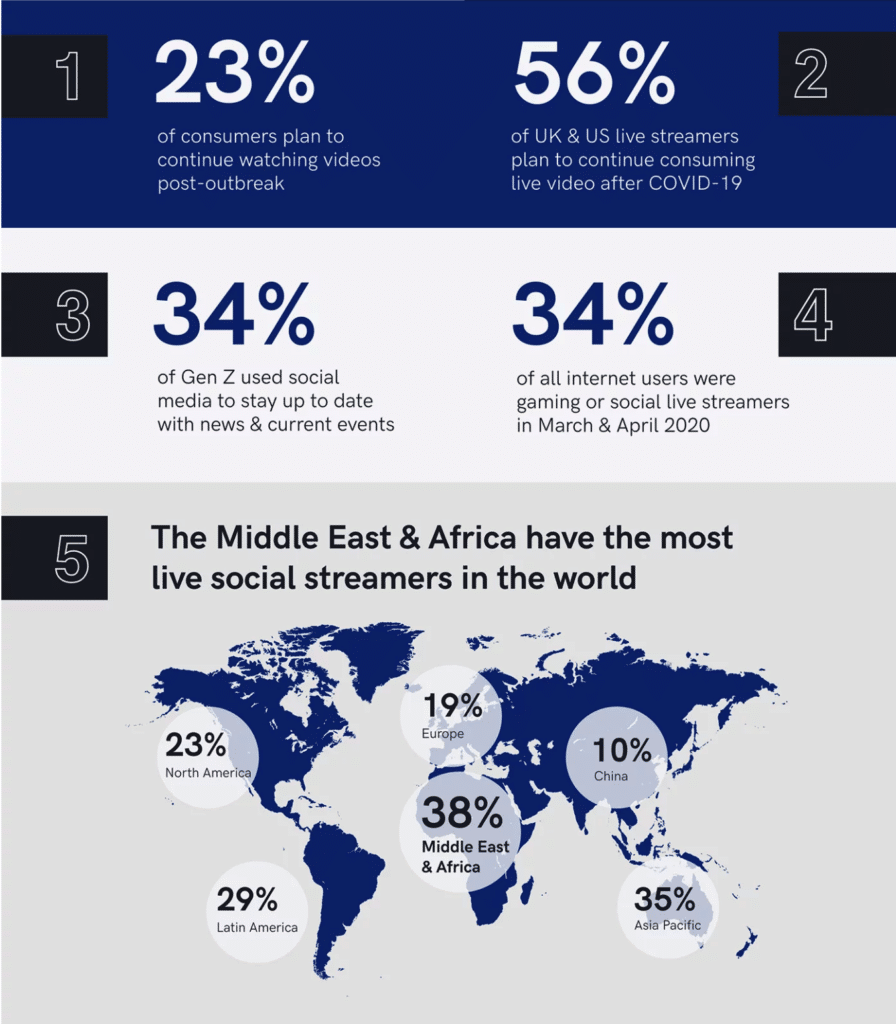
Image Source: Uscreen
This will help you in terms of successfully approaching your audience and choosing the most appropriate social media platform – or social media automation tools – in the future, when you’ll be running your marketing campaign.
You’d also find it useful to be aware of some challenges live streaming might present.
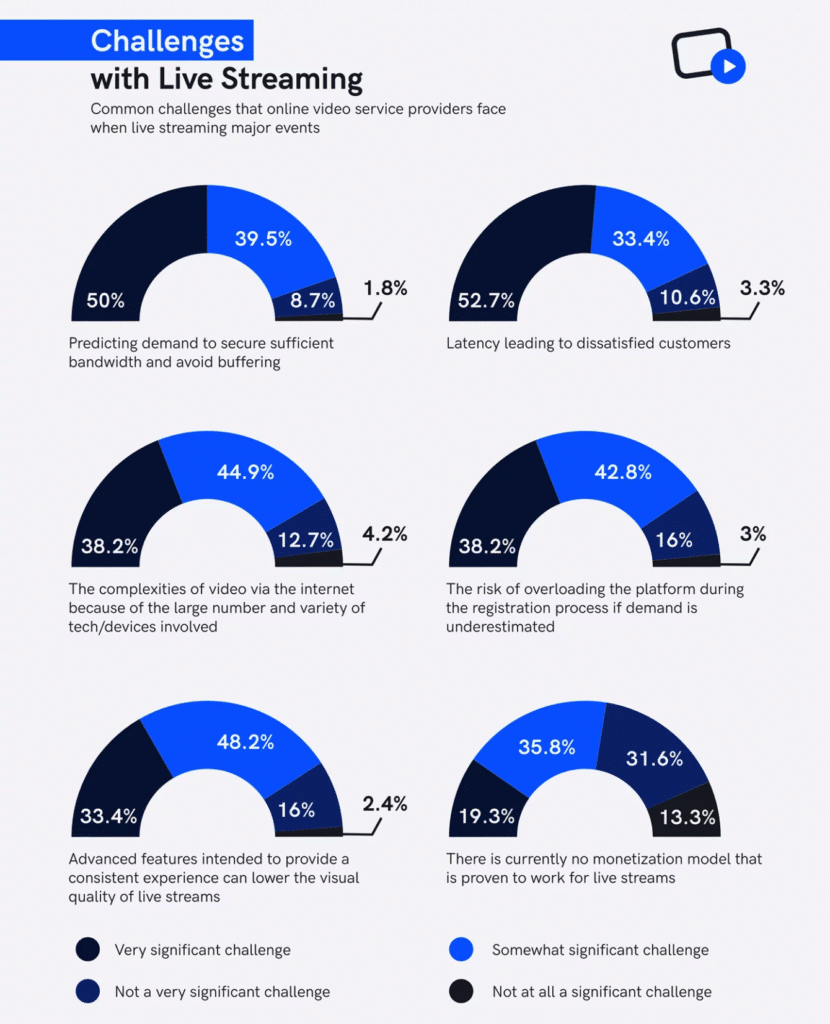
Image Source: Uscreen
Another example of a multilayered task is link building.
Effective link building is demanding, time consuming, and can be really expensive if you don’t choose a good link building service.
To succeed in it, you need to have cross-functional teams that work efficiently together and are all on the same page in terms of whether they think of it as a performance driver or not.
The reason I’m telling you all these is to show you that a task, like creating a marketing plan, might include so many different subtasks that should be performed by different people.
However, that shouldn’t mean that these people work in isolation.
When assigning a task to someone, the project manager should make sure that each person is aware of all the other subtasks their co-workers will have to complete in relation to that individual task.
In other words, all these tasks, like defining the various parameters, setting the target audience, getting to know potential challenges and pain points, are all part of a bigger task that needs to be handled as a cross-team goal and requires cross functional collaboration to be achieved.
Keep reading to find what the next method is.
Method #4: Use collaboration tools
The fourth thing I suggest you should do to improve collaboration is to use collaboration tools.
We touched upon collaboration tools a little when we discussed project management tools a little further up.
Collaboration tools are fantastic tools because they allow a team to share feedback real-time, as we mentioned already.
They’re also great because they facilitate collaboration in terms of making it easy for your team members to share valuable content, accelerate project planning, and generally work more efficiently, even if they’re working remotely.
Let’s have a look at different types of features you need to look at when choosing tools that can help your team work collaboratively while working remotely.
Instant messaging
First things first, you need a platform that gives you access to instant messaging and internal communication tools generally.
Here’s how instant messaging – which is of course way less time consuming than email – between team members might look:
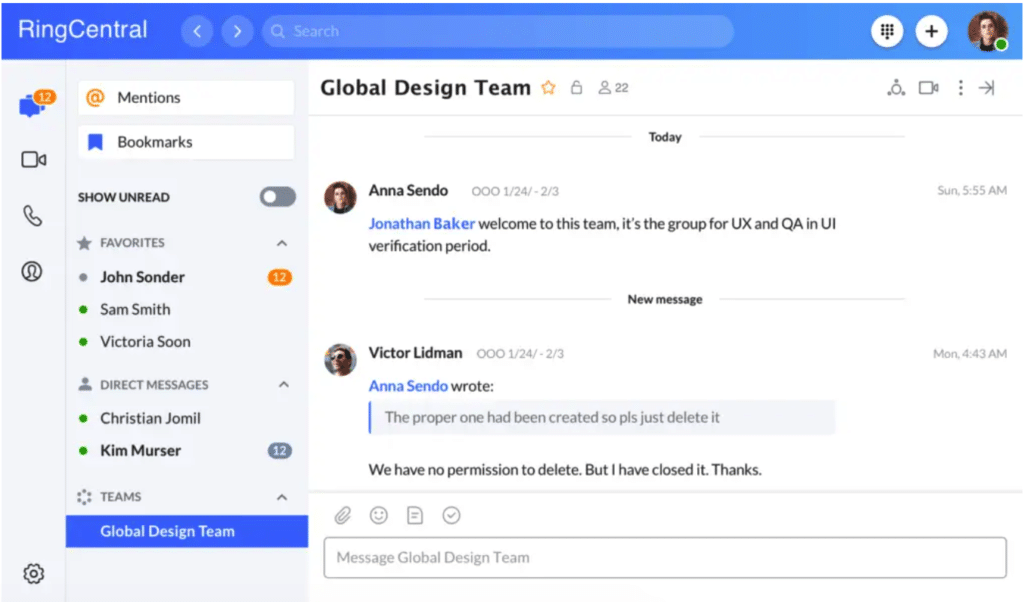
As you can see, the tool makes it super easy for co-workers to add their comments in real-time, thus making it possible for them to combine their different skill sets and achieve their goals.
Video conferencing
Another feature you’ll definitely find of use is the video conferencing feature.
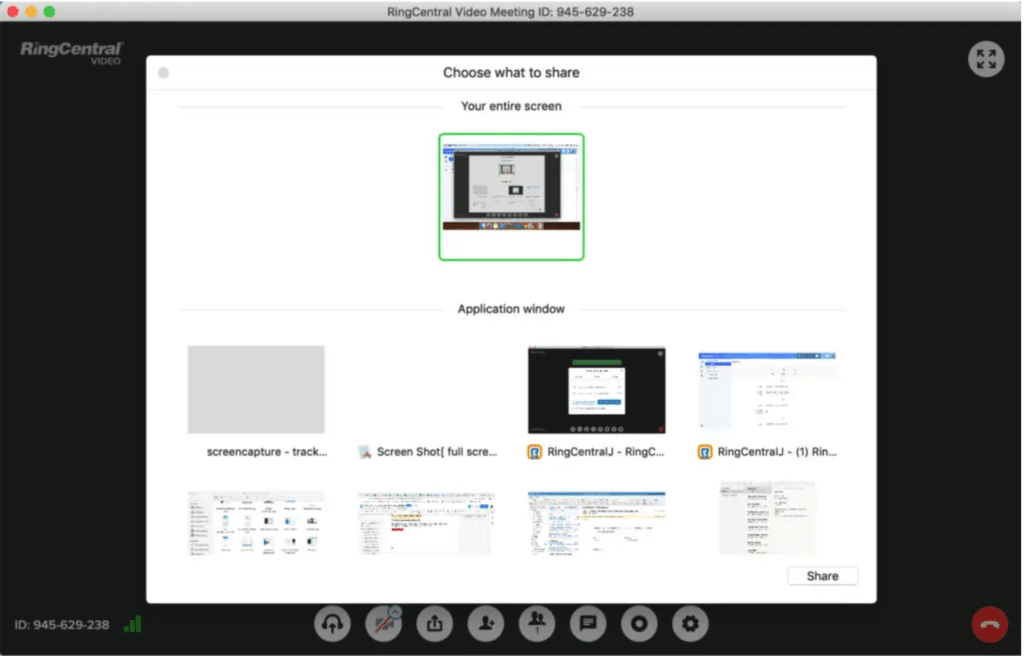
As you can see above, it allows screen sharing, which is vital for remote teams in terms of having informative, efficient virtual meetings where one might need to share presentation slides with their co-workers and get feedback on them.
Presentation maker
On that note, a presentation maker is definitely a collaboration tool you should use.
More than simply being a platform where you can easily create compelling presentations in no time, you should choose a presentation maker that allows you to present online and share your slides with your peers.
This will facilitate collaboration.
The list of features that can facilitate collaboration and cross-team communication is long.
Keep in mind that the meaning of a collaboration tool is to keep communication channels open and allow fresh perspectives to come in and make cross-functional projects a fun thing to do.
Method #5: Try to identify collaboration and communication issues
The second to last method I have for you is to identify collaboration and communication issues.
To do so means that you need to take a closer look at your strategies and moves in terms of how your team is working together and what the results of your work are.
In other words, identify any pain points within your workflow.
Let’s say that a recurring problem within your team has to do with too generic or too complex project briefs.
This could lead team members being confused and losing valuable time trying to decode a brief.
To identify such a problem simply means that you observe that the issue exists and you’re trying to figure out ways of improving it.
The solution to this could be to be better organized and keep track of briefs and the goals you want to achieve through those.
Some of the following questions could help figure this out:
- What’s the team trying to accomplish?
- How long will it take?
- Who’s involved in it?
- What are the most appropriate collaboration tools to use to approach this?
Although these questions are indicative and might not apply to all your projects and issues, I’m mentioning them to show you the importance of setting clear goals and scope before assigning tasks to employees.
This will allow everyone to be aligned with the instructions and the overall process of approaching the workload.
I’d like to use an example of a lack of proper planning, which is a common collaboration issue, and how it was solved.
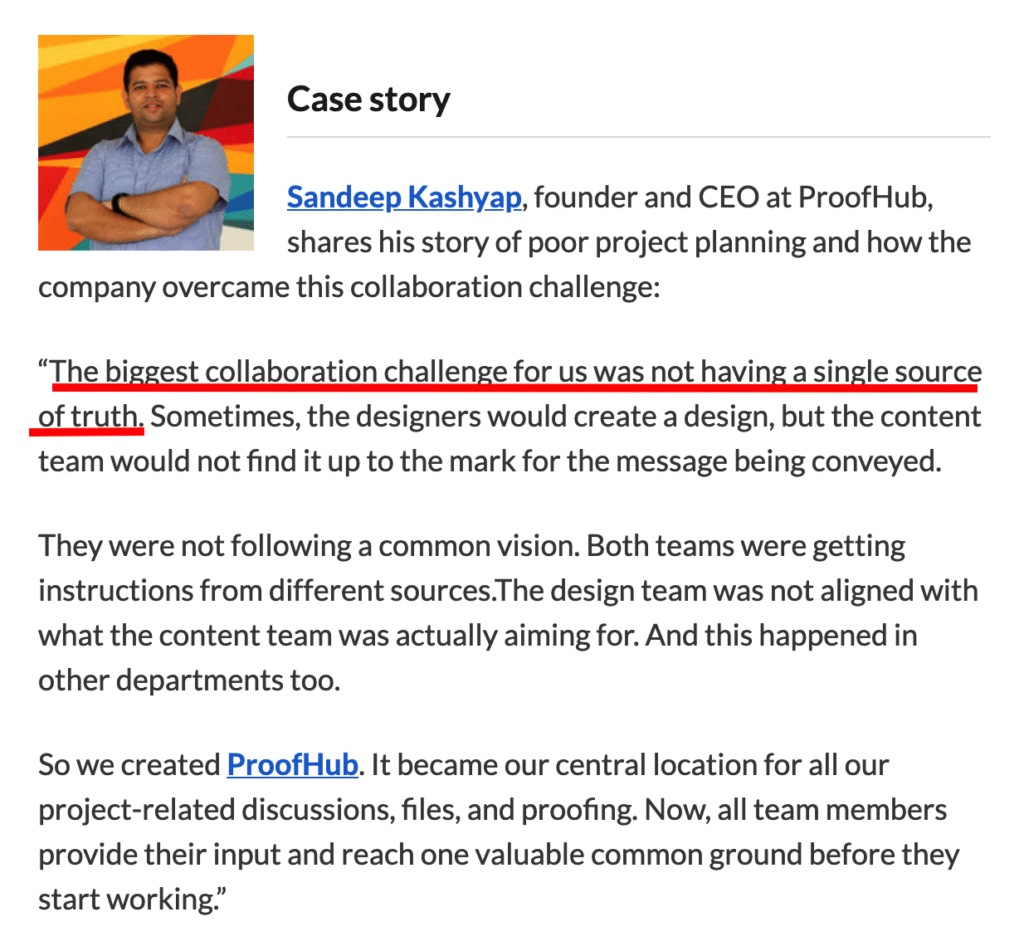
Image Source: Capterra
As you can see, poor collaboration and not having a place where all the team would go to make sure they’re informed of all project discussions, documents, etc., required the creation of such a central location.
In a few words, the same way you’d identify a technical issue, let’s say if your WordPress chat plugin wasn’t working – you’d try to fix it as soon as possible – you should also take care of intangible issues in relation to collaboration.
Method #6: Establish processes around project management
The last method I think you’ll find useful in order to improve collaboration within your marketing team is to establish processes around project management.
We’ve already discussed how tools help maintain and promote cross-functional collaboration and cross-team communication, as well as facilitate project management and, most importantly, make it more effective and less time consuming.
Similarly, establishing processes that have been tested can help team members save time, adopt solutions, and take paths that’ll make their work routines flow.
For the sake of example, let’s say that your team needs to do a content audit.
That’s a process of reviewing and evaluating your content components and other informational elements within your website or parts of your website.
Such a task requires the team to go through essential steps and make sure they’re not missing out on anything important.
Having a content audit process map can help the team undertaking the content audit complete it successfully.
Put another way, a well structured content audit process can help your team perform better.
It’s as simple as that.
Wrapping up
So there you have it.
Six ways that can help you improve collaboration within your marketing team.
Promoting collaboration between different teams that work in different areas can significantly benefit the company and enhance performance.
You should keep in mind to promote a culture of collaboration and show your teams the benefits of working together.
Additionally, to encourage feedback, set cross-team goals and use collaboration tools that can help you maintain the efficiency of your well-structured processes.
Good luck encouraging and promoting collaboration.
Remember, collaboration can really make miracles happen!
Originally published Mar 24, 2021, updated May 22, 2024





